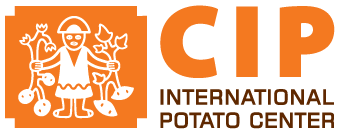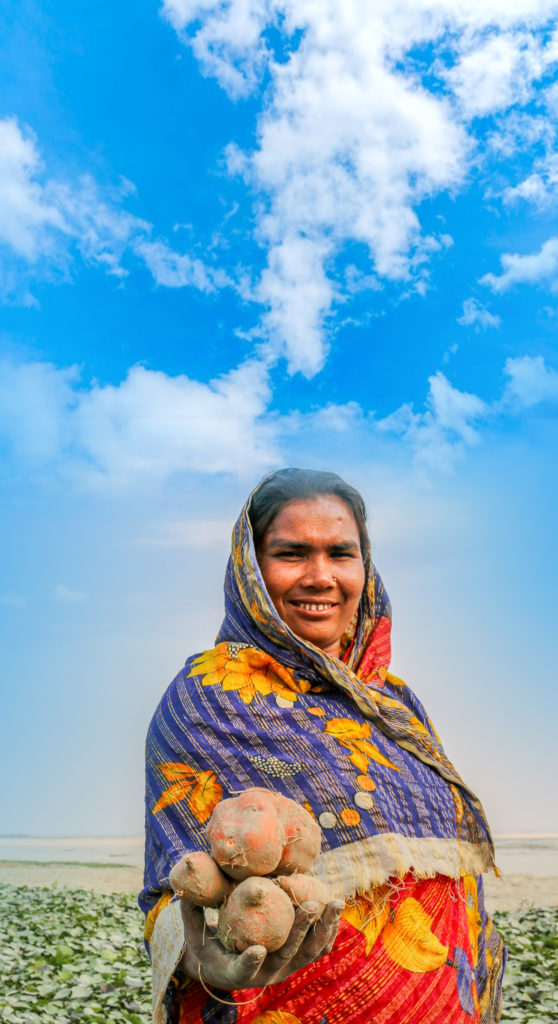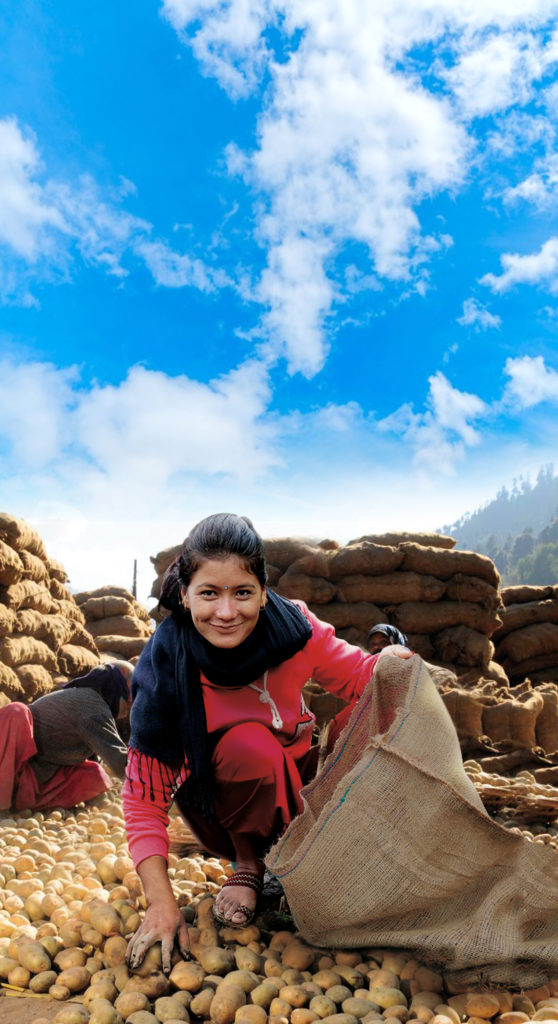国际马铃薯中心(CIP)与中国的交流与合作始于1978年,并于1985年在中国正式设立联络办公室,是国际农业研究磋商组织(CGIAR)15个中心中最早在中国设立办事机构的中心。
CIP与中国合作的最主要成果集中反映在三个方面,一是种质资源的引进与优良品种的选育;二是新技术的引进与推广和应用;三是人员人才的培养培训,即能力建设的提高(具体内容可见《国际马铃薯中心在中国—–30年友谊、合作与成就》一书)。正是由于双方的成功合作和对薯类作物发展在中国和世界粮食安全中战略地位的前瞻性共识,双方于2010年签署协议,决定在中国共建国际马铃薯中心亚太中心(CCCAP)。2014年起,北京市政府在中国农业部的协调和支持下,投资约2亿元人民币,在北京延庆区建设CCCAP研发基地,2017年完成基建并移交CIP运行。这也是CGIAR体系中唯一一个建在中国、具有独立国际法人地位的国际农业科研区域性机构。
最近十多年以来,由于国内、国际在政治、外交、经济与科技等各个方面都发生了深刻而巨大的变化,国际社会尤其是西方发达国家都对中国引入资金和技术的限制越来越多、越来越严,在华项目活动基本停止,所以CCCAP的运行基本依靠中国政府的支持在维持。然而,CIP薯类作物的种质资源根据国际规则并未对中国关门,近年来国内各团队陆续引入CIP马铃薯种质资源约400多份,使国内的遗传育种工作还在不断取得进展。
CIP马铃薯种质资源的引进与国内遗传育种工作进展
过去数年,中国从CIP大约引进了各种马铃薯种质资源2000多份(已扣除了重复引进部分),约占国内马铃薯基因库库存的一半,由此育成各种优良品种上百个(根据2015年前后的调研项目),其种植面积至今约占总面积的20%以上。简而言之,在目前国内餐桌上,每4-5个马铃薯中即有一个具有CIP资源的背景。2021年6月,中国农业科学院深圳基因组所黄三文团队在《细胞》杂志上发表了二倍体育种新突破的论文,其科研用的育种材料即来自于CIP。
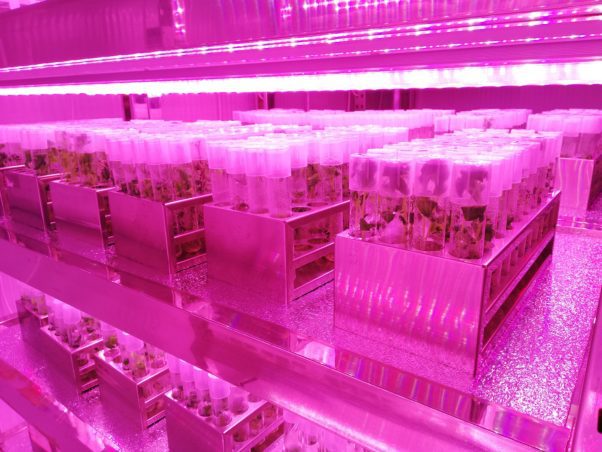
CIP种质资源引进,试管苗保存图
目前国内种植面积最大的、以CIP资源选育成功的马铃薯品种-—青薯9号,以高产和广适性而深受欢迎
根据全国农业技术推广中心数据,2018年,青薯9号在国内种植面积已近700万亩(全国马铃薯种植面积的1/10),排名第二。由此,该品种及其应用于2020年获得了青海省政府颁发的科学技术一等奖。
除此之外,以CIP资源育成的“合作88”,已在云南种植多年,至今种植面积在云南仍排名第一。CIP也已在2015年将该品种引回CIP基因库并以此为荣广为宣传(可能会推广到其他国家),这也是国内第一个马铃薯品种被CIP基因库收纳。
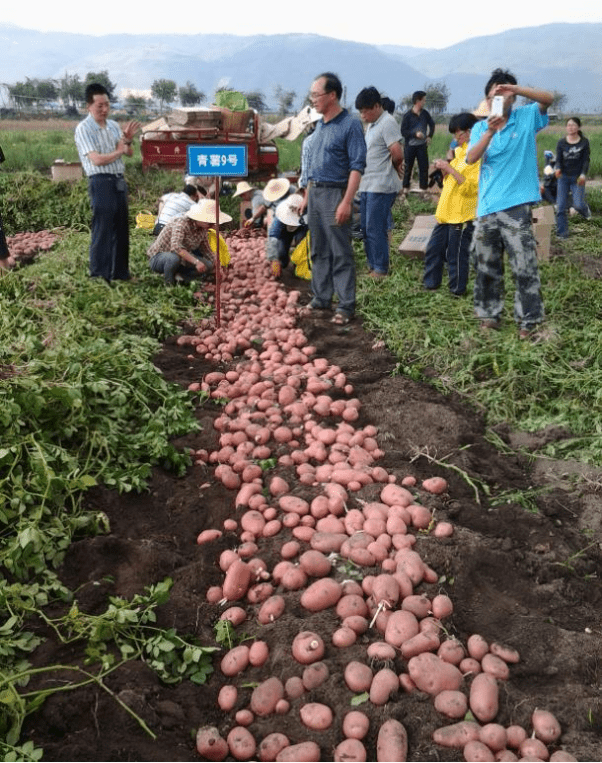

青薯9号,喜获丰收
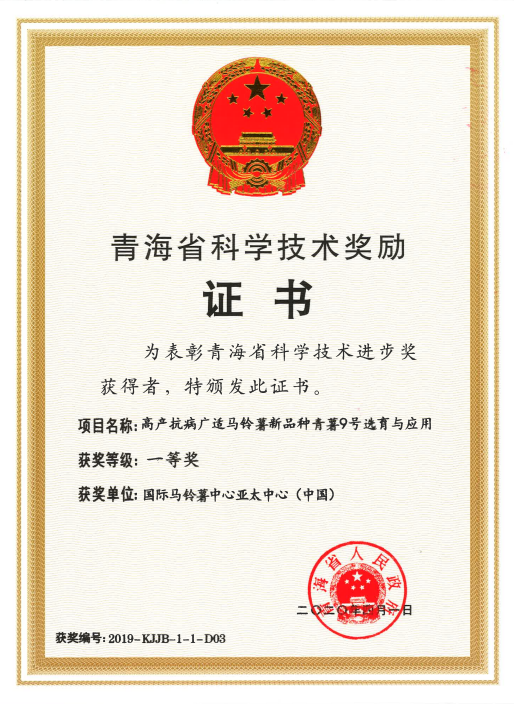
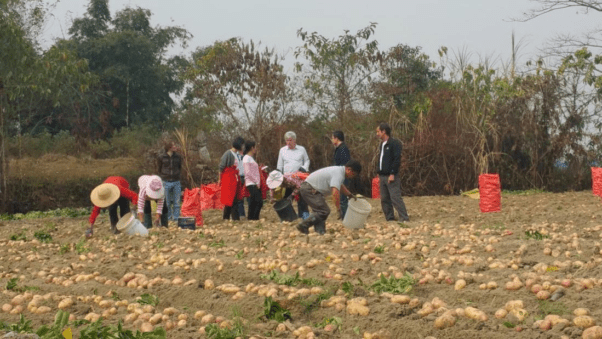
2015年CIP科研团队在云南现场验收“合作88”
马铃薯雾培技术的引进、应用和推广
2008年,由CIP帮助引进了当时在国际上比较先进的马铃薯种薯雾培生产技术,为国内马铃薯脱毒种薯的工厂化生产开创先河。根据四川省农科院的介绍,该技术具有5个明显特点,一是根据马铃薯不同生长阶段需求,精准供给营养。二是精准调控营养液温度,减少高温或低温对马铃薯结薯的影响,延长雾培苗生育期50%,提高结薯效率。三是结薯效率较传统基质生产提高了10-30倍,成本降低30%以上,单株结薯数达到25粒/株以上。四是解决了传统基质不可再生资源的问题,减少了对环境的污染与破坏,达到了节本增效的作用。五是解决了传统基质栽培中土传病害及隔生薯问题,保证了原原种的纯度与质量。
以该技术为核心的“马铃薯脱毒种薯生产关键技术创新与应用”于2013年获得四川省科技进步一等奖。
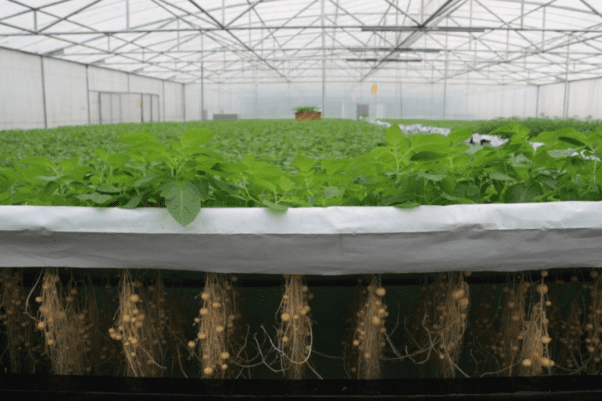
马铃薯晚疫病防控监测技术体系的引进应用和AsiaBlight诞生
在中国马铃薯产业发展当中,被业内人士称为世界第一大农作物病害的马铃薯晚疫病一度被看作是限制中国马铃薯产业发展的拦路虎。为了破解这个难题,1999年在CIP驻京联络处的协调帮助下,中国重庆市从比利时引进了马铃薯晚疫病的监测体系。
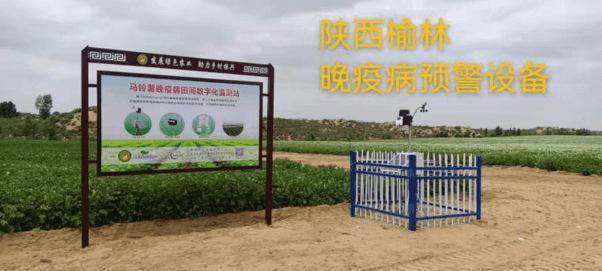
经过20多年的试验、改进和应用,该系统技术日臻成熟、监控日益精准,得到了越来越多农户的认可,纷纷购买了设备,并通过远程推送系统,(在手机上)实时监测田间晚疫病发生发展情况,根据预警提示施用农药,较好地防控了马铃薯晚疫病的发生,实现了农药减量增效和绿色防控。
目前全国15个省区市马铃薯主产区都在使用该系统,马铃薯晚疫病专业监测点已经达到了800多个,覆盖了400-800万亩马铃薯播种面积(近占总面积的1/10)。该系统的使用可帮助农户每亩减损300-1000公斤鲜薯,经济、社会和环保效益显著。
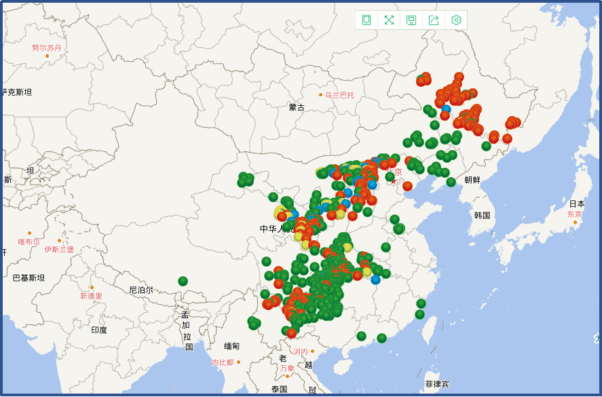

2019年,在CCCAP推动下,亚太地区马铃薯晚疫病防控协作网( AsiBlight)应运而生,旨在更大范围内展开工作,把该系统的应用和推荐使用药剂相结合,进一步提高绿色防控成效。
国际马铃薯中心的目标

通过向弱势群体(如妇女、难民等)
提供更健康的饮食
以改善粮食安全和营养安全

增加就业机会
在城乡地区
发展包容性价值链

通过发展气候适应性
和生物多样性农业
实现农业粮食系统的
可持续集约化和多样化
Sweetpotato agri-food systems
Enabling at least 15 million resource‐poor households in Africa and Asia to improve the quality of their diets and raise their crop incomes by 15% by 2023.
In developing countries, vitamin A deficiency (VAD) is one of the most harmful forms of undernourishment. It weakens immunity, leads to stunting and blindness in children, and increases mortality. Almost 165 million children under 5 years suffer from VAD, primarily in Africa and Asia.
In 2016, three CIP scientists received the World Food Prize in recognition of their role in using biofortified crop to enhance nutritional outcomes. By 2019, CIP and partners had developed and disseminated more than 130 biofortified, vitamin A-rich OFSP varieties in Africa and Asia, helping to raise the nutritional status and, to a lesser extent, the incomes of more than five million households. Biofortification has focused on increasing the pro-vitamin A content through conventional breeding, boosting the availability of vitamin A for farm families and consumers. By promoting OFSP nutrition education at the community level, CIP-led work has made it a cost-effective and sustainable source of vitamin A for vulnerable populations, especially women and young children. By working with large food processors and fresh root traders in Africa, we have also facilitated the development of new value chains for OFSP, and income generating opportunities for women and young people.
Potato agri-food systems
Improving productivity and farm incomes of more than 7 million households in Africa, Asia and Latin America with early-maturing, market-preferred and biofortified potatoes and high-quality seed potato by 2023.
In response to the need for healthier, more resilient, potatoes, CIP breeders are developing early-maturing, stress-tolerant and disease-resistant potato varieties desired by consumers and processors alike. Early maturing potatoes provide more flexibility for cultivation, allowing the crop to be grown during fallow periods of cereal-based systems, which, relieves pressure on scarce land and water resources, and improves farm incomes. CIP has also made significant advances in developing biofortified potatoes with elevated levels of iron and zinc to contribute to global efforts to end malnutrition.
For these potatoes to improve nutrition and livelihoods, more efficient seed systems are needed to deploy quality seed tubers for farmers to plant. Smallholder farmers in developing countries primarily plant seed they saved from earlier harvests which facilitates the spread of viruses and reduces yields. CIP scientists have developed rapid seed multiplication techniques to speed up production of high-quality seed potatoes for improved varieties and leveraged private sector investment to supply that seed to a growing number of farmers. Working closely with local R&D partners, CIP conducts adaptive research on best practices for on-farm seed quality management, integrated crop and postharvest management, and value chain approaches. More than two million farmers in Africa and Asia who have planted quality seed, improved varieties and adopted good practices—provided directly or indirectly by CIP—have seen their yields and market prices rise significantly. In China alone, a CIP-bred late blight disease resistant potato variety, Cooperation 88, has, between 1996 and 2015, brought an estimated USD 2.8–3.7 billion in extra income to farmers and consumers in Yunnan province.
Biodiversity for the future
Ex situ and in situ conservation of genetic diversity is critical for preserving and monitoring changes in the world’s plant genetic resources for food and agriculture. Lost genetic diversity—particularly of crop wild relatives—would hinder crop breeders and researchers from developing varieties that enhance farmers’ resilience and ability to produce enough nutritious food for the world.
The CIP genebank conserves in vitro the world’s most extensive collections of potato, sweetpotato and their wild relatives, as well as the only secure global collection of Andean root and tuber crops—the genetic, physiological and biochemical attributes of which scientists have just begun to explore. CIP safeguards that biodiversity in trust for humanity to ensure its availability for breeding and other uses now and in the future. We also work closely with Andean communities on in situ conservation of potato diversity and have repatriated thousands of accessions previously lost to them due to disease or climate change.
The genebank serves as a model through its advanced research, public database and interactive use of collections. CIP works with other genebanks to ensure that clean material from its collections is backed-up, preventing the loss of diversity.
Safeguarding crop biodiversity plays a critical role in facilitating the development and release of new varieties for farmers and consumers across the globe. For instance, the genebank shares 5,000–6,000 germplasm samples each year with scientists around the world, contributing to the development of more nutritious, productive and climate resilient varieties.
